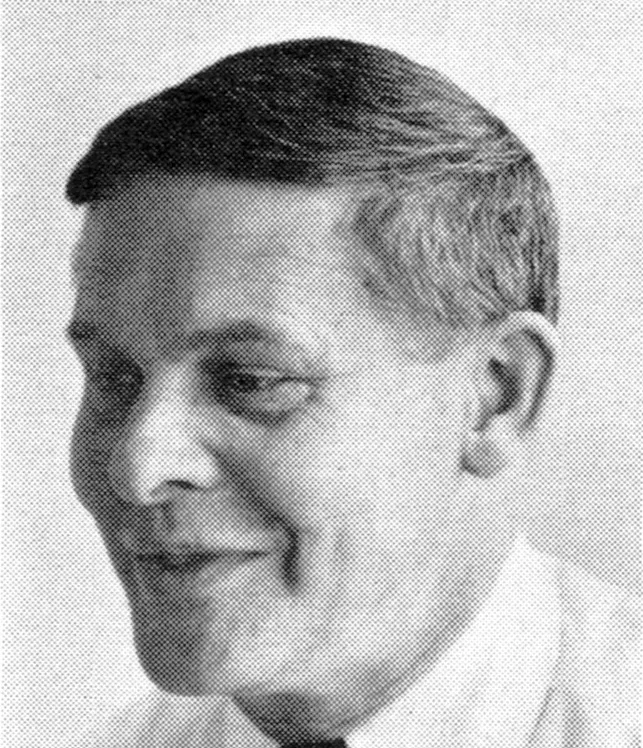
Walter Allner studied at the Bauhaus from 1927 to 1930 under renowned figures like Moholy-Nagy, Kandinsky, and Klee. In 1933, he became Jean Carlu’s assistant in Paris before founding his own advertising agency, Omnium Graphique, and serving as art director of Formes. He exhibited as a free artist in Paris and was active in the Salon des surindépendants and the Salon des réalités nouvelles.
Allner was the Paris correspondent for Graphis magazine from 1945 to 1948 and co-directed Editions Parallèles. In 1948, he founded and edited the International Poster Annual until 1952. After moving to the U.S. in 1949, he freelanced before joining Fortune magazine in 1951, where he became assistant art director. He also consulted for major clients like Johnson & Johnson, IBM, and the Museum of Modern Art.